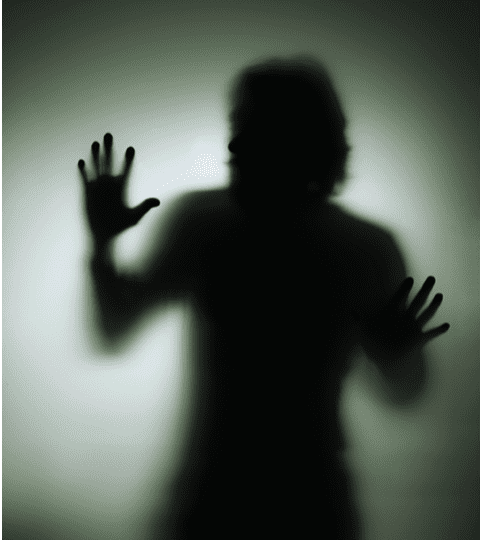The Birth of Ghost Stories
Long ago, in ancient civilizations across the world, people began telling tales of spirits who lingered after death. These ethereal beings, known as ghosts, were believed to be the souls of the deceased who had unfinished business or unresolved emotions tethering them to the mortal realm. Stories of ghostly apparitions were prevalent in cultures from ancient Egypt to China, with each society weaving its own unique narratives about these mysterious entities.
In many traditions, ghosts were not inherently malevolent; rather, they were seen as reminders of the past, echoing the lives they once lived. They became a way to honor ancestors, a practice that often involved rituals to appease or communicate with these spirits. The notion of ghosts as both guardians and potential harbingers of misfortune laid the foundation for their enduring presence in human folklore.
The Celtic Festival of Samhain
The association of ghosts with Halloween can be traced back to the ancient Celtic festival of Samhain, celebrated over 2,000 years ago. Samhain marked the end of the harvest season and the onset of winter, a time when the boundary between the living and the dead was believed to be at its thinnest. On this night, it was thought that the spirits of the deceased returned to earth, seeking solace or mischief.
To protect themselves from malevolent spirits, the Celts would light bonfires and wear costumes, often made of animal heads and skins, to disguise themselves. Offerings of food and drink were left outside homes to appease wandering souls. These customs laid the groundwork for many of the Halloween traditions we know today.
The Evolution of Halloween
As Christianity spread across Europe, the church sought to replace pagan festivals with its own holy days. In the 8th century, Pope Gregory III designated November 1st as All Saints’ Day, a time to honor saints and martyrs. The night before, previously known as Samhain, became known as All Hallows’ Eve, eventually shortening to Halloween. Despite the church’s efforts, many of the original ghostly and supernatural elements of Samhain persisted.
With the migration of Europeans to America, Halloween evolved further. The holiday incorporated elements from various traditions, such as the telling of ghost stories and the carving of jack-o’-lanterns. Ghosts became synonymous with Halloween, embodying the eerie, mysterious, and sometimes playful spirit of the holiday.
Ghosts in Modern Halloween Celebrations
Today, ghosts remain an integral part of Halloween. They appear in decorations, costumes, and stories, serving as a reminder of the holiday’s ancient roots and the enduring human fascination with the afterlife. Whether seen as spooky specters or friendly phantoms, ghosts captivate our imaginations, inviting us to ponder the mysteries of life and death.
This rich tapestry of history and legend has solidified ghosts’ place in Halloween lore, making them an indelible part of the celebration that brings communities together in a spirit of fun and fright.




